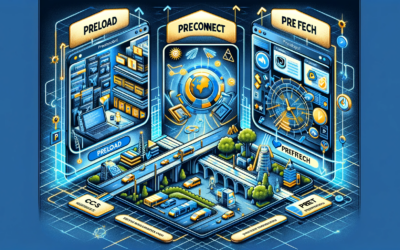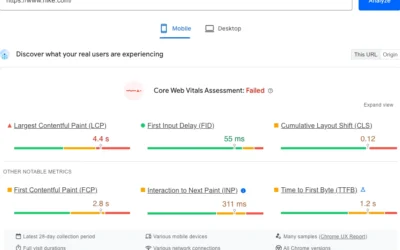What is the difference between hreflang and canonical URLs?

Intro to hreflang and canonical URLs
Canonical URLs and hreflang are important concepts in search engine optimization (SEO) that every website owner should understand. These concepts help in preventing duplicate content issues and targeting multiple languages or regions respectively. In this article, we will discuss the difference between canonical URLs and hreflang, their uses cases, and how they can benefit your website. Let’s get started!
Comparison of Canonical URL and Hreflang
Canonical URLs and hreflang are two important concepts in SEO that are often used together to ensure that search engines understand which version of a page is the primary one. While both concepts aim to resolve duplicate content issues, they work in different ways and have different use cases. In this section, we will compare canonical URLs and hreflang and discuss their similarities and differences.
Similarities between canonical and hreflang:
Both canonical URLs and hreflang are used to indicate which version of a page should be indexed and ranked by search engines. They both help to avoid duplicate content issues and improve website usability. Additionally, both concepts require proper implementation to be effective.
Differences between canonicals and hreflang:
The main difference between canonical URLs and hreflang is their purpose and scope. Canonical URLs are used to indicate which version of a page is the primary one among multiple versions with the same content. On the other hand, hreflang is used to specify alternative language or regional versions of a page.
Free SEO Training Tips
Interested in learning more technical SEO tips? Check our my free Technical SEO Tips and Tricks in my blog.
When to use canonical URLs:
Canonical URLs should be used when there are multiple versions of the same page on your website with different URLs. It helps search engines to understand which version of the page is the main version and which ones are duplicates. This prevents duplicate content issues and ensures that search engines index the correct version of the page. For example, if you have multiple pages with the same content but different URLs, you can use canonical tags to indicate which URL is the primary version.
When to use hreflang:
Hreflang is used when a website targets multiple languages or regions and wants to ensure that the correct version of the page is displayed based on the user’s location or language preferences. Hreflang tags should be added to the head section of each page to specify the appropriate language or region. It helps search engines to understand which version of the page is intended for a specific audience. For example, if you have a Spanish version of your website and you want to target Spanish speakers in Mexico, you can use hreflang tags to indicate that the page is intended for that audience.
Final Thoughts
In conclusion, canonical URLs and hreflang are both important concepts in SEO that help in addressing issues related to duplicate content and targeting different languages or regions. While both concepts serve similar purposes, they differ in their implementation and usage. It is essential to understand the difference between the two to effectively implement them in your website’s SEO strategy. By using canonical tags and hreflang tags appropriately, you can improve your website’s visibility and reach a wider audience. Remember, the key to success lies in understanding when to apply each of these concepts and implementing them correctly.
Ready to take your SEO to the next level?
Now that you have read about SEO on the blog, it’s time to plan your next move. Please book a strategy session, and we can discuss your plan of action.
Frequently Asked Questions
Can I use hreflang and canonical URLs interchangably?
No, it is important to implement each one very specifically.
Should hreflang have a self-referencing canonical?
Yes, it is important that when implementing hreflang you also include a self referencing canonical URL.

Shane Hampson
Ethical SEO Consultant
Data Driven Marketer. Fantasy Football Champion. Dog Lover. Foodie.
Ready to take your SEO to the next level?
Now that you have read about SEO on the blog, it’s time to plan your next move. Please book a strategy session, and we can discuss your plan of action.
Recent Blog Posts
Can you use interstitials for SEO?
What are interstitials and are they good for SEO? Should you avoid intrusive interstitials? What does Google say?
Using PreLoad, PreConnect and Prefetch for SEO
Learn how to use pre-load, pre-connect and pre-fetch to boost your SEO site speed and Core Web Vitals.
How To Optimize For Core Web Vitals
Core Web Vitals are a set of specific factors that measure loading performance, interactivity, and visual stability of a web page, and they are crucial for providing a good user experience and improving SEO.



